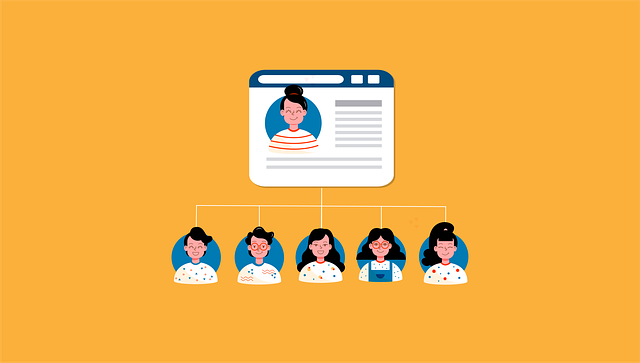A customer’s perception of your business is often the difference between happy returning customers and those who are unsatisfied and therefore unlikely to purchase your products or use your services again. Reported statistics highlight this point, claiming that 86% of customers stopped liaising with a company due to a poor transaction or service experience. There are many different sources for new business opportunities, but the most promising ideas perhaps come from fully understanding your customers, which can give you valuable insights into your business and allow you possible avenues for increased revenue and growth.
Here are several tips to help you get to know your customers deeply and thoroughly, incorporating a customer-focused approach into your business strategies.

1. Evaluate consumer motivation
Researching consumer motivation may be a particularly fruitful source of innovation.
We can use market research to get a better understanding of consumer motivation. On the contrary, when there are barriers constraining consumption — you can begin to identify possible opportunities for business innovation and expansion.
To account for differences between specific types of consumers and how they approach the buying process can also be used to guide future product development and marketing strategies. So you need to make sure the development of marketing communications that convey a functional or emotional value proposition is aligned with fulfilling the need or tension consumers have identified and are trying to fulfill. The timely launch of those marketing communications is quite important because consumers can see those messages as they are discovering the needs, wants, and tensions to be fulfilled or alleviated. For example, if you’re distributing Smeta’s domestic appliances, according to the statistics, those refrigerators with larger capacity and microwaves can be opportunities turning the long winter months into a season of thriving sales. Also, the development of new products, features, experiences and wholescale innovation needs to better meet consumers’ goals.

2. Walk in your customer’s shoes
When was the last time you put yourself in your customer’s position? Acting as a customer by following your touchpoints, and interaction procedures and carrying out transactions will give you important insight.
As well as assessing how easily you make things for your customers, you’ll also gain important insight into the routes they take.
For example, is your branding top-notch and consistent at every point? Does your email and social media messaging flow and match? Are there any barriers in place to purchasing?
We should take similar steps to conduct market research to truly understand our consumers’ motivations, needs, wants, and fears with respect to a product category. Focus on qualitative research, such as individual in-depth interviews, observational research methods like ethnography, and focus groups to understand both consciously and unconsciously held beliefs and attitudes that help explain why your consumers behave in the ways that they do.
Make sure you make reviewing your customer experience a regular activity. You’ll gain understanding, as well as identify areas of improvement and innovation.

3. Collect customer feedback
Are you seeking first-hand advice on product improvement? Customer satisfaction surveys give you the insights you need to make better decisions. A consumer survey will help you understand your customers’ likes, dislikes, and where you need to make improvements.
Before you conduct your survey, please remember that you’d better keep your surveys short. A good rule of thumb to keep in mind is to ask questions that fulfill your end goal and shed light on customer needs and their purchase situation.
Ask these six key questions about your customers.
What are the best methods of collecting customer feedback? There are hundreds of survey tools to collect feedback from customers. we’ll talk about the most popular and effective ways to collect customer feedback which include form-based surveys, phone calls and Transactional emails.
- form-based surveys
Though there is no ‘ideal’ length for a survey, It is clear that the longer the survey, the less time will the respondents spend on each question. So only ask questions that fulfill your end goal. Ensure that every question serves a clear purpose. If you do not intend to use the information, do not ask that question. The aim is to collect customer feedback and not to have them write an essay.
- phone calls
Hearing a person’s voice and tone is the best way to sense what they actually feel about your product. A call will help you tell the features that get users excited, features that really make their lives easier. The key here is that the person calling the user should genuinely want to understand their problem and offer solutions. Do not do it because you have to do it. Do it because you care.
- Transactional emails
Transactional emails can be used as a powerful weapon to foster a dialogue with customers. Asking the right feedback question in these emails will certainly get good responses.
Inviting customers to become a part of your business through a loyalty program or questionnaire is a great way to create an emotional bond with clients, rather than a solely transactional relationship.
Understanding consumer is becoming increasingly important in marketing and branding. Don’t let your consumers’ thoughts remain a mystery – conduct research and campaign to understand your consumers in a systematic and scientific way that will improve your chances of success.



